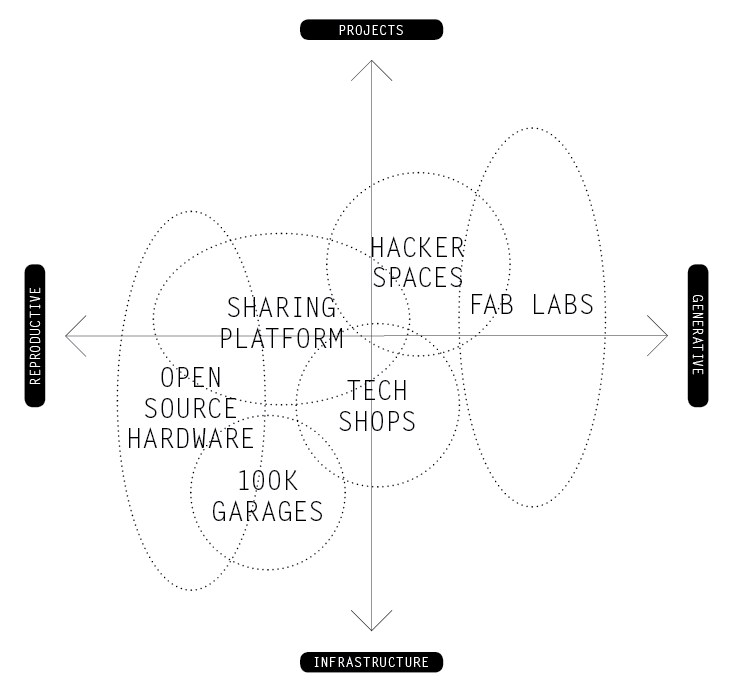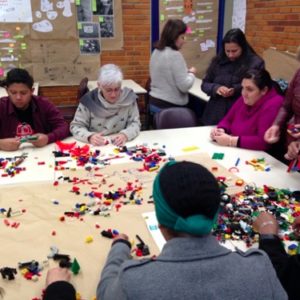Open Design was initially introduced as an analog to Open Source Software, a concept which explains why software source code should be part of an official product release. The analogy went by stating that electronic drawings and models be released together with physical products, in the hopes of enabling modifications or self-production through digital fabrication.
Discussions held at the intersections of making things and manufacturing products have expanded Open Design beyond the action of sharing source code. It is now acknowledged that sharing electronic drawings and models is not enough. Hence the recent connections of Open Design to other concepts such as peer production, shared commons, critical making, and participatory design.

This expansion has raised interest in knowing the origins of Free and Open Source Software and its foundational notion of freedom. Before Open Source was born, the Free Software movement defined four types of freedom:
- freedom to execute software for any purpose;
- freedom to learn and adapt software;
- freedom to distribute copies and
- freedom to distribute your modified copies.
These four freedoms were eventually mentioned in the literature related to Open Design. However, little thought was devoted to their implication for design.
These implications might be understated, given that the discussion around the four freedoms has kept the term Free Software alive even after Open Source Software became more relevant in the common parlance. The community that still prefers using the term Free Software argues that the four freedoms are not guaranteed solely by having open-source code. They say it is necessary to cultivate a hacker culture, develop distributed networks, improve user interfaces, and realize social purposes.
Despite the various efforts to expand Open Design, the issue of freedom is still underdeveloped and undertheorized. This might be symptomatic of the general lack of discussions on freedom in design theory in general.
The research project Designing for Freedom is addressing this gap. It aims at developing ways to resist and deconstruct the limits imposed by the State and corporations to designing, finding breaches to develop autonomous design projects, in particular, in communities that see the freedom of designing as a way to overcome historical oppressions.

